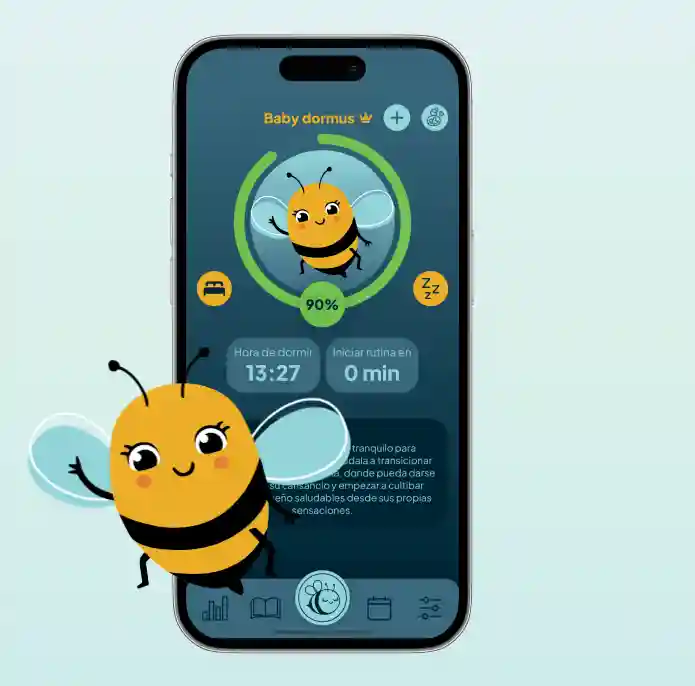Unlock Benefits: How to Make the Most of Your Discover It Cashback Card
Managing your finances often feels like a complex game of finding small ways to save.
You clip coupons, you hunt for discount codes, you switch to a cheaper streaming service.
But what if I told you there’s a way to potentially save hundreds of dollars a year with a single five-minute phone call?
It’s not a gimmick or a complicated investment strategy. It’s one of the most straightforward and effective money-saving tools available to almost anyone who both owns a home and drives a car.
It’s called bundling your insurance.
Despite being incredibly common, a surprising number of people don’t take advantage of this simple strategy, leaving a significant amount of money on the table year after year.
If you’re paying two separate companies for your home and auto insurance, this guide is for you.
What Exactly is Insurance Bundling?
Bundling is a simple concept that insurance companies love.
It just means buying multiple insurance policies—typically your home insurance and your auto insurance—from the same company.
Instead of having your car insured with Company A and your home with Company B, you bring both policies under one roof with Company C.
Think of it like the “combo meal” at a fast-food restaurant. You can buy the burger and the fries separately, but you almost always get a better price when you buy them together.
Insurance companies offer this for a very logical reason: customer loyalty.
When you trust them with more of your business, they are less likely to lose you as a customer to a competitor.
To reward you for that loyalty and to make their offer more attractive, they give you a significant discount, often called a “multi-policy” or “multi-line” discount.
It’s a classic win-win situation. You get a better price and a simpler experience, and the insurance company gets to keep a valuable customer.
The Big Question: How Much Can You Actually Save?
This is where things get exciting. The savings from bundling are not just a few pennies. They are often substantial.
According to various industry studies and insurance companies’ own data, the average discount for bundling home and auto insurance can range anywhere from 5% to 25%.
Let’s put that into real-world numbers.
Imagine you pay $1,500 per year for your auto insurance and $1,200 per year for your home insurance. Your total annual cost is $2,700.
If a company offers you a 15% bundling discount, your savings would be just over $400 per year.
That’s $400 back in your pocket for doing nothing more than having your policies with the same provider.
Over a decade, that’s $4,000 in savings. The numbers add up quickly, and the discount is often one of the largest available to policyholders.
The Overlooked Benefits of Bundling: It’s Not Just About Money
While the savings are the main attraction, bundling offers several other powerful advantages that simplify your financial life.
1. The Power of Simplicity: One Bill, One Company
If you have separate policies, you have two different bills to pay, two different renewal dates to remember, and two different company websites or apps to navigate.
When you bundle, everything is streamlined.
- One point of contact: Whether you have a question about your car’s liability coverage or need to file a claim for a leaky roof, you only have one phone number to call.
- One payment: You can often consolidate your payments into a single monthly or annual bill, making budgeting much easier.
- One agent: You can build a relationship with a single insurance agent who understands your entire coverage portfolio, leading to better and more personalized advice.
This simplification reduces mental clutter and makes managing your insurance significantly less of a chore.
2. A Single Deductible (Sometimes)
This is a lesser-known but incredibly valuable perk offered by some insurance companies.
Imagine a major storm hits your area. A tree falls, damaging both your roof and your car parked in the driveway.
If you have separate insurance policies, you would have to file two separate claims and pay two separate deductibles—one for your home and one for your car. This could easily cost you $1,000 or more out of pocket.
Some bundled policies offer a “single deductible” for claims that arise from the same event. In this scenario, you would only have to pay one deductible (usually the higher of the two), which could save you a significant amount of money when you need it most.
3. Unlocking Better Coverage and Perks
Insurance companies value their bundled customers highly.
This can sometimes translate into better service or access to additional perks. You might be less likely to be dropped as a customer after filing a claim if you are a long-term, multi-policy holder.
Your loyalty can make you a more attractive client in the eyes of the insurer.
How to Get Started: Your Bundling Action Plan
Convinced that bundling is the right move? Here’s how to do it the smart way.
- Gather Your Current Policies: Before you start shopping, find your current auto and home insurance declaration pages. You need to know exactly what coverage you have, what your limits are, and what you’re currently paying.
- Shop Around (Don’t Just Call Your Current Insurer): Your first call should be to your current auto or home insurer to ask for a bundled quote. But don’t stop there. The biggest mistake people make is not comparing offers.
- Get Quotes from at Least Three Different Companies: Contact at least two other major insurance providers. You can do this by calling a local agent or by getting quotes online. Provide them with your current coverage details to ensure you’re comparing apples to apples.
- Compare the Quotes Carefully: Don’t just look at the final price. Make sure the coverage levels (like liability limits and deductibles) are the same across all quotes. The cheapest quote isn’t the best if it offers you less protection.
- Ask About the “Single Deductible” Perk: Specifically ask if the company offers a single deductible for a single event. This could be a tie-breaker between two similar quotes.
- Make the Switch: Once you’ve chosen the best offer, the new insurance company will handle most of the paperwork for you, including helping you cancel your old policies. Just be sure not to cancel your old coverage until your new policies are officially in effect.
Is Bundling Always the Best Option?
For the vast majority of people, the answer is yes. However, there can be rare exceptions.
For example, if you have a very high-risk profile in one area (e.g., you have a sports car and a history of speeding tickets) but a very low-risk profile in another (e.g., a brand new, highly secure home), you might find a better deal by using a specialist insurer for your car and a standard insurer for your home.
But this scenario is uncommon. For most people with average risk profiles, the math will almost always favor bundling.
The only way to know for sure is to get the quotes. The five minutes you spend on the phone could be the most profitable five minutes of your year.





